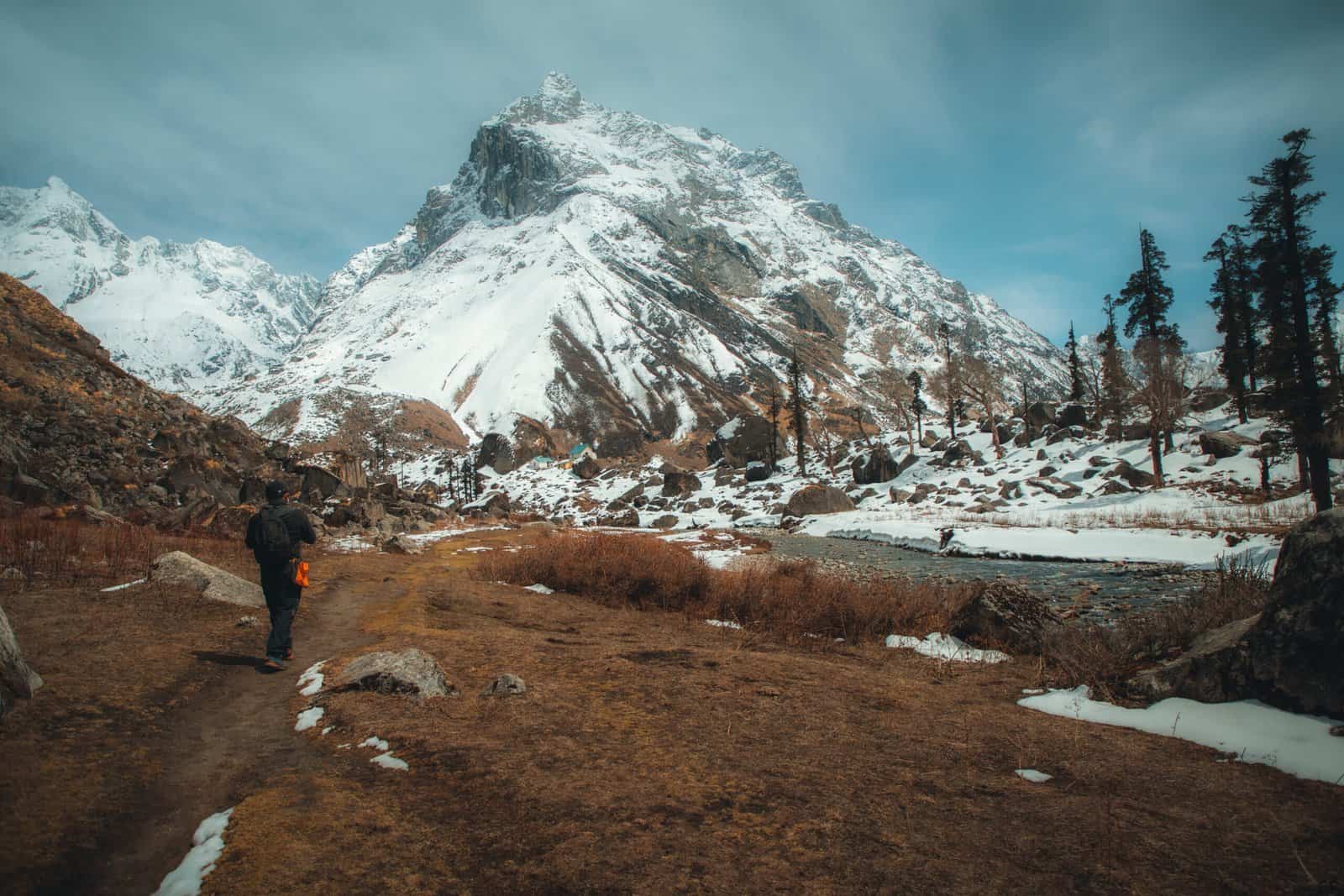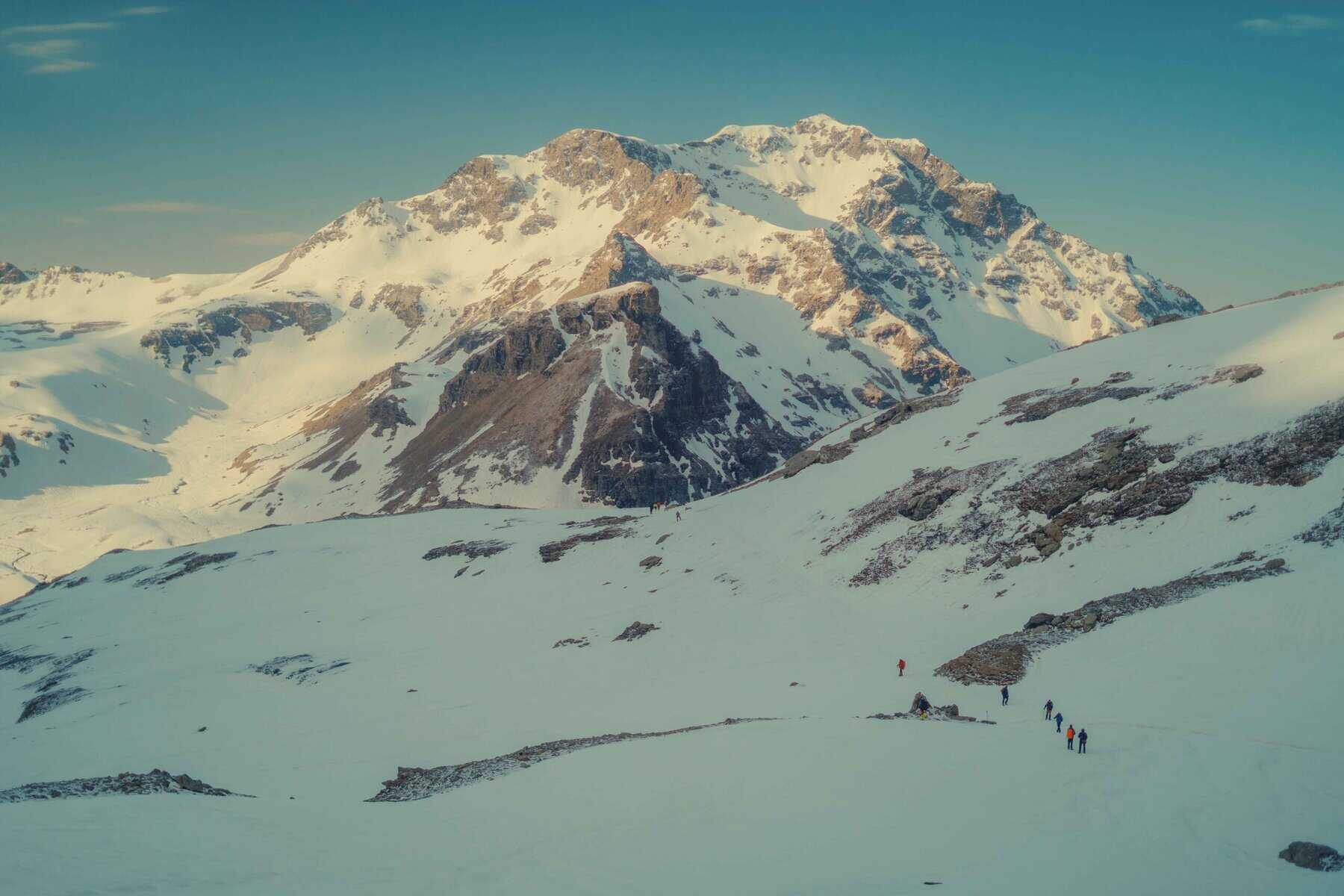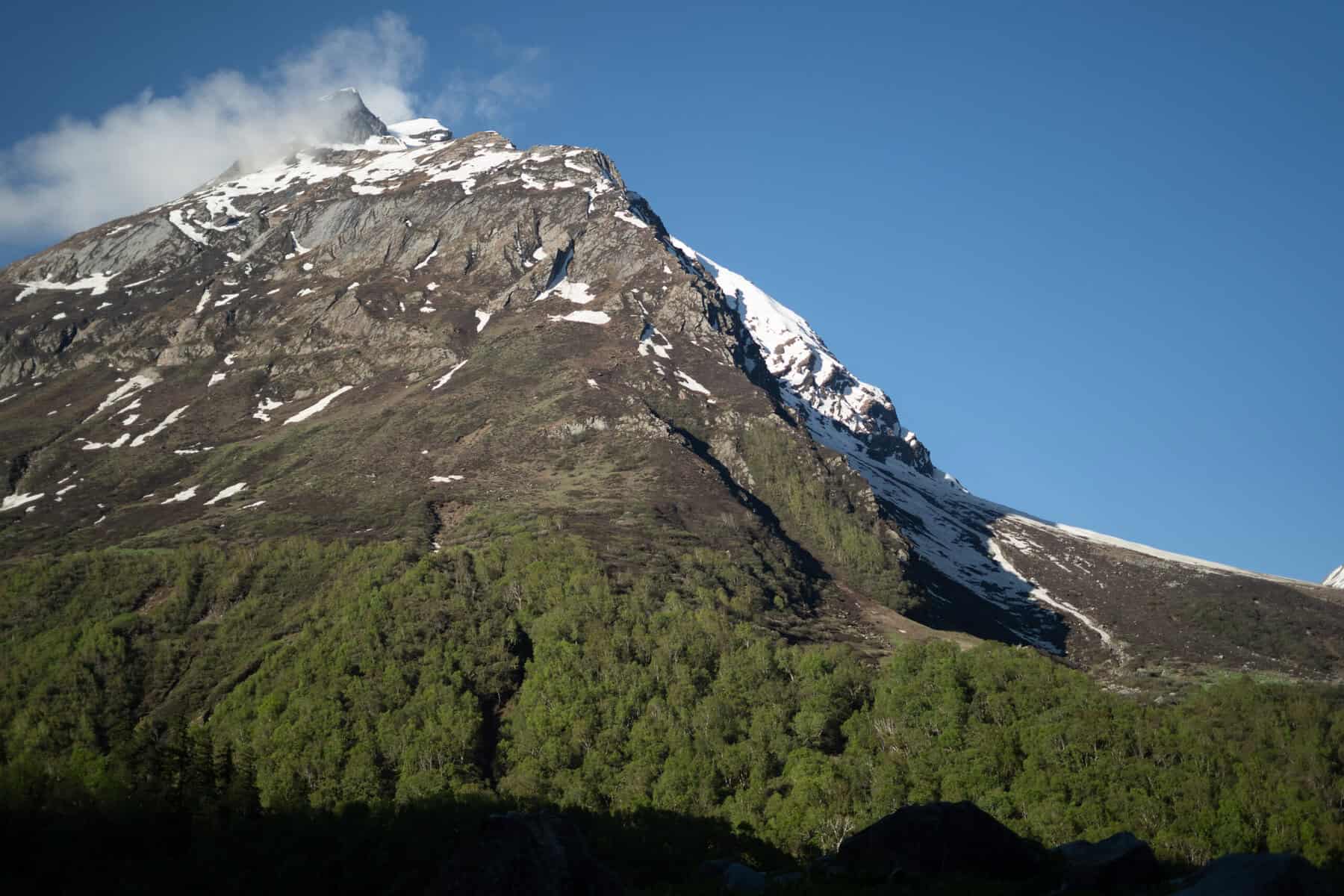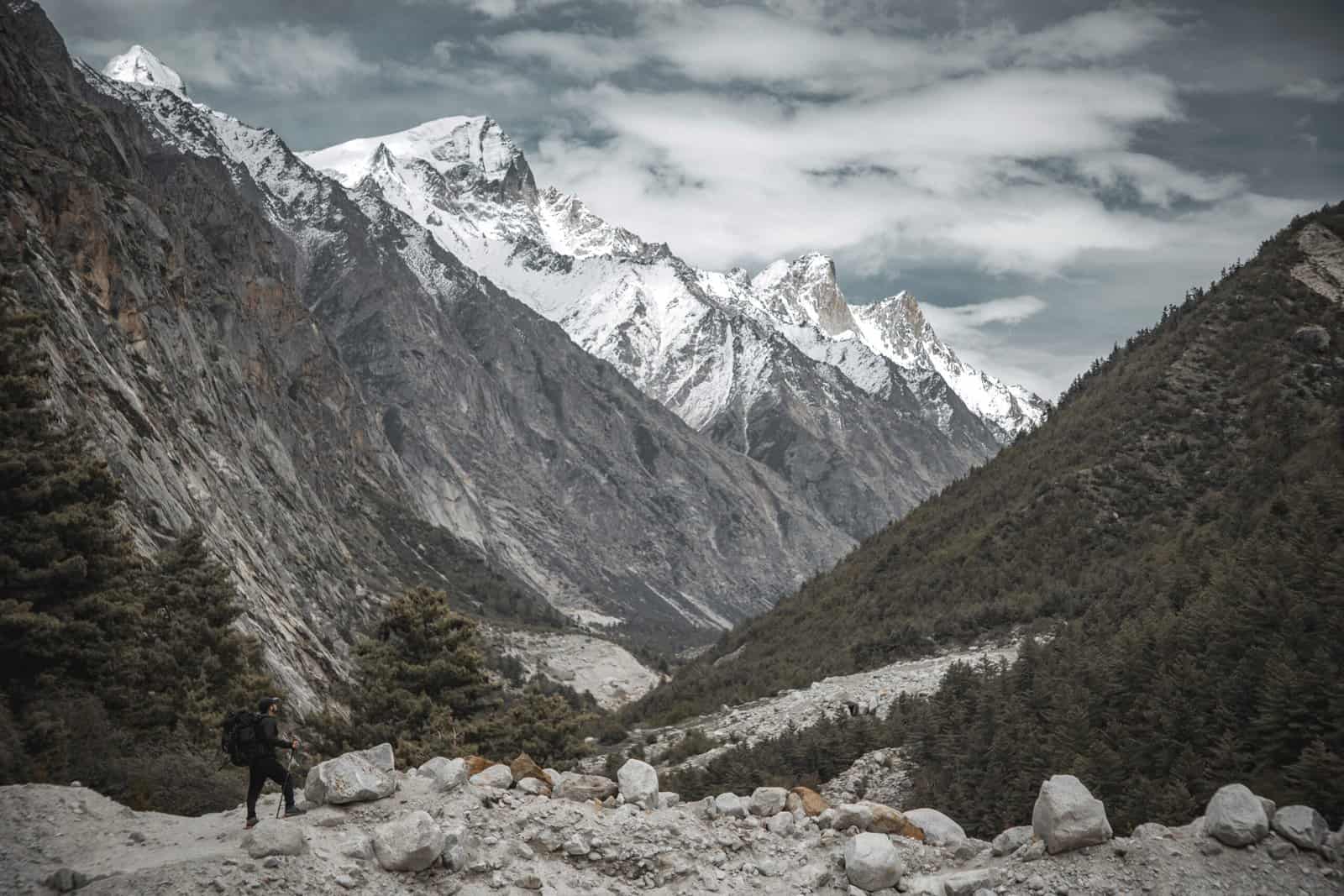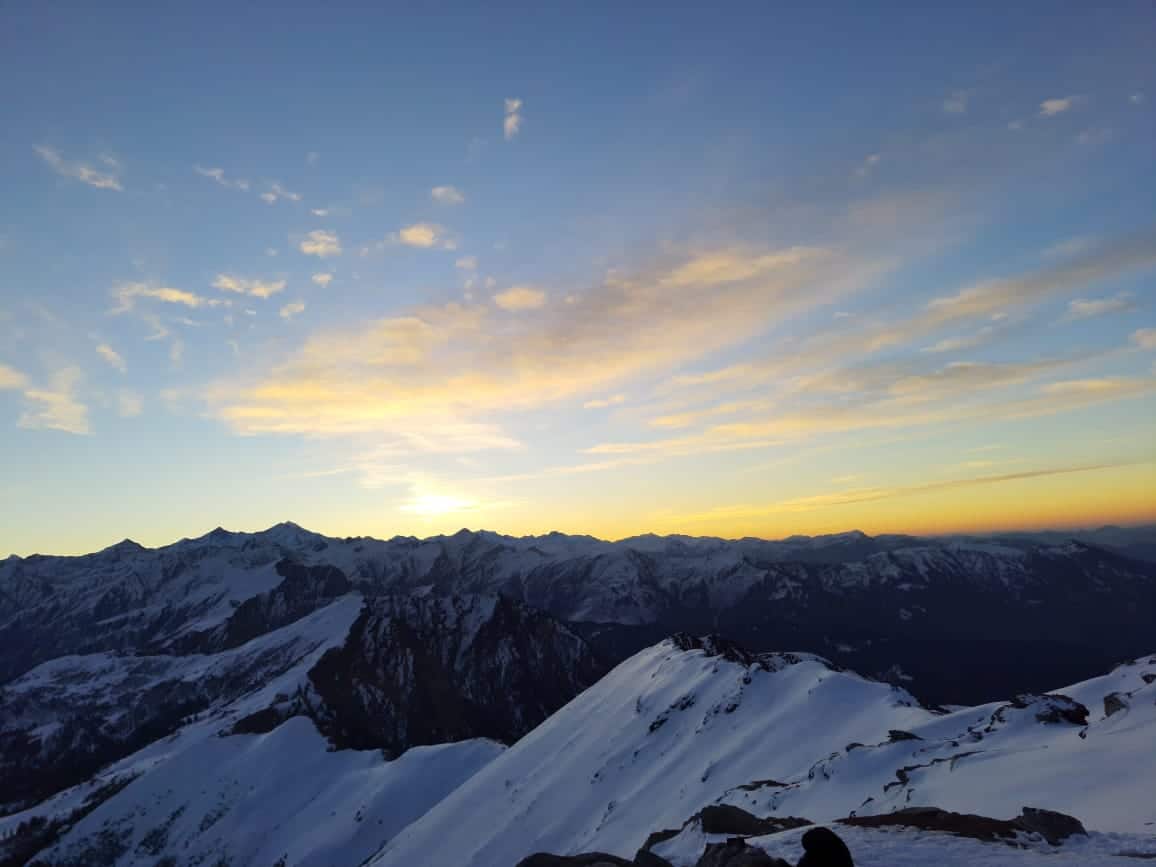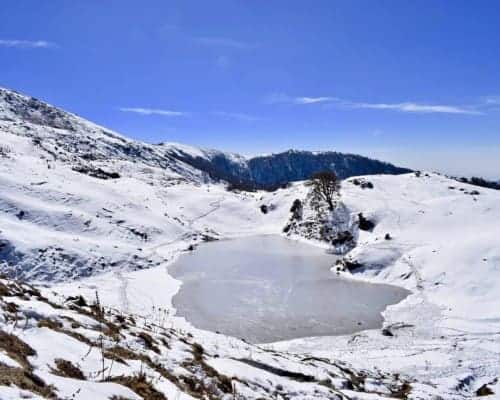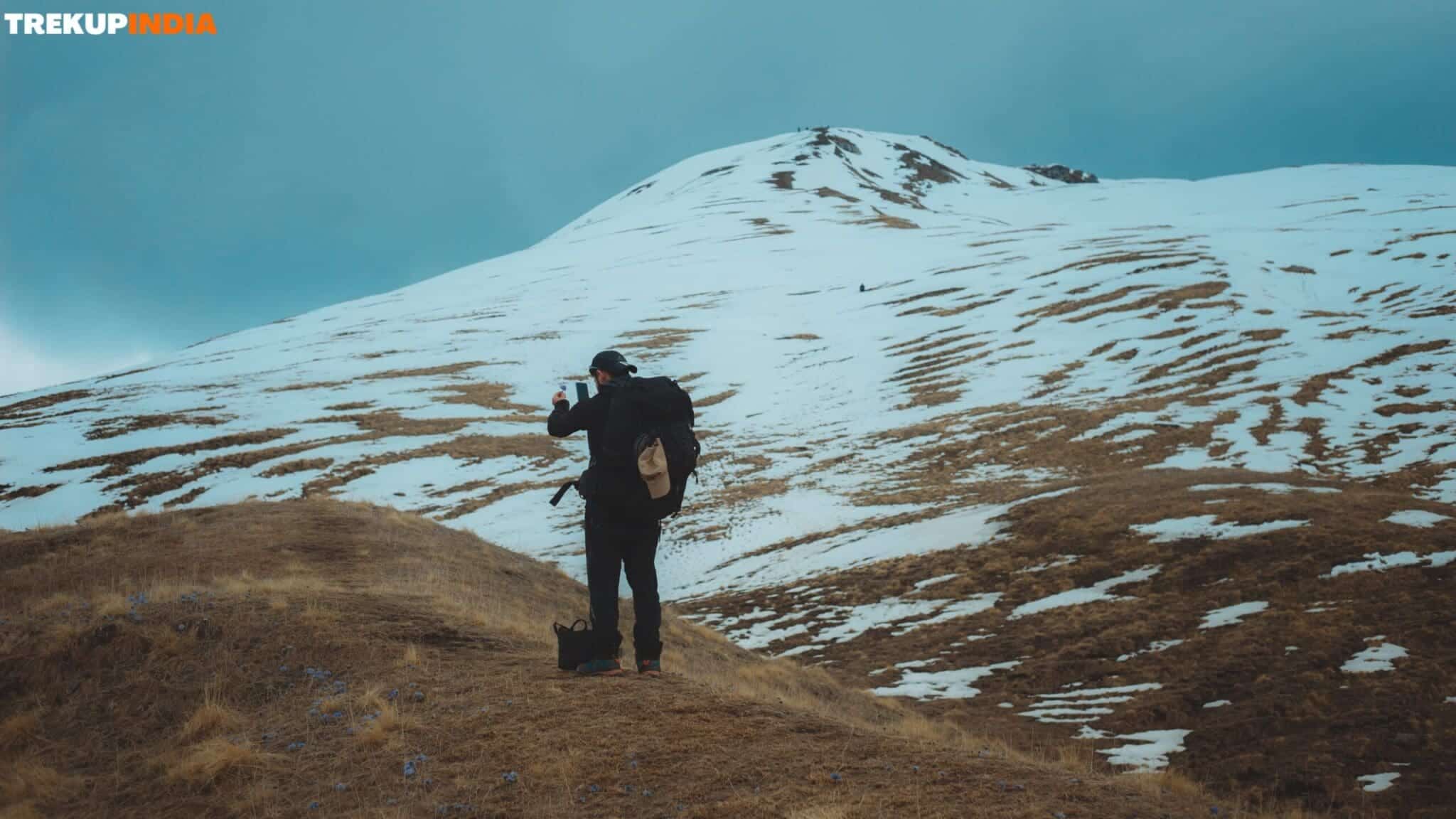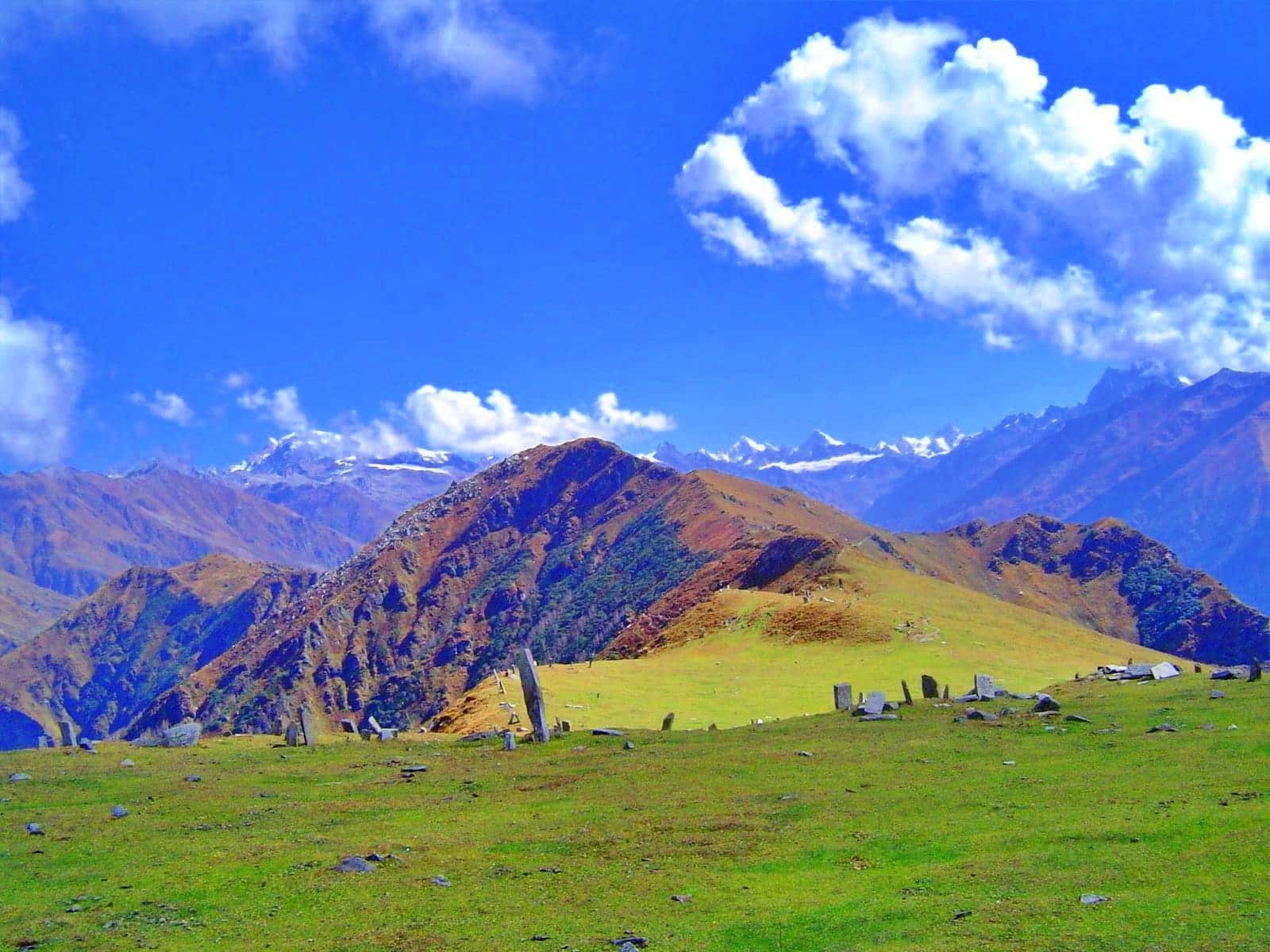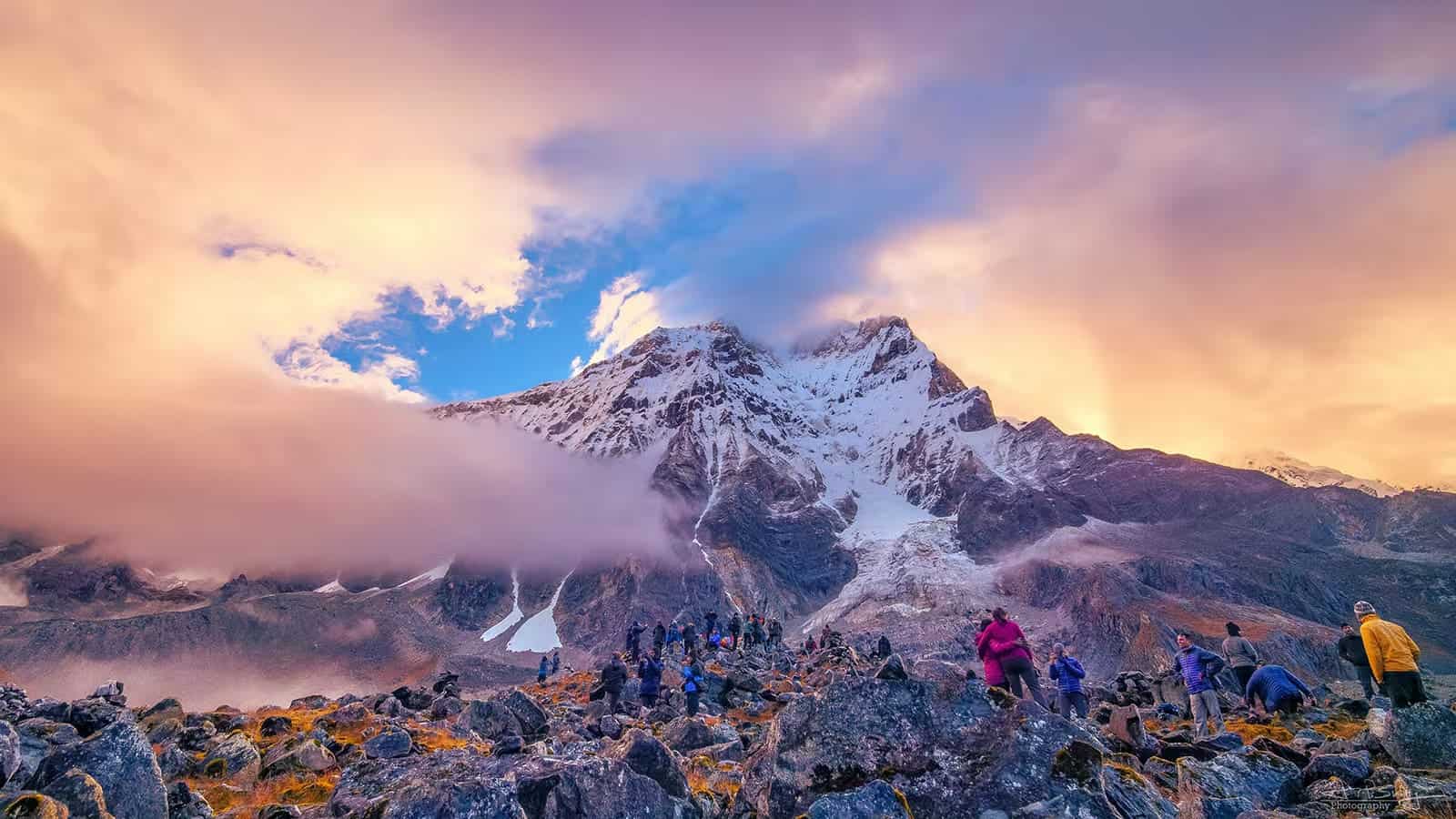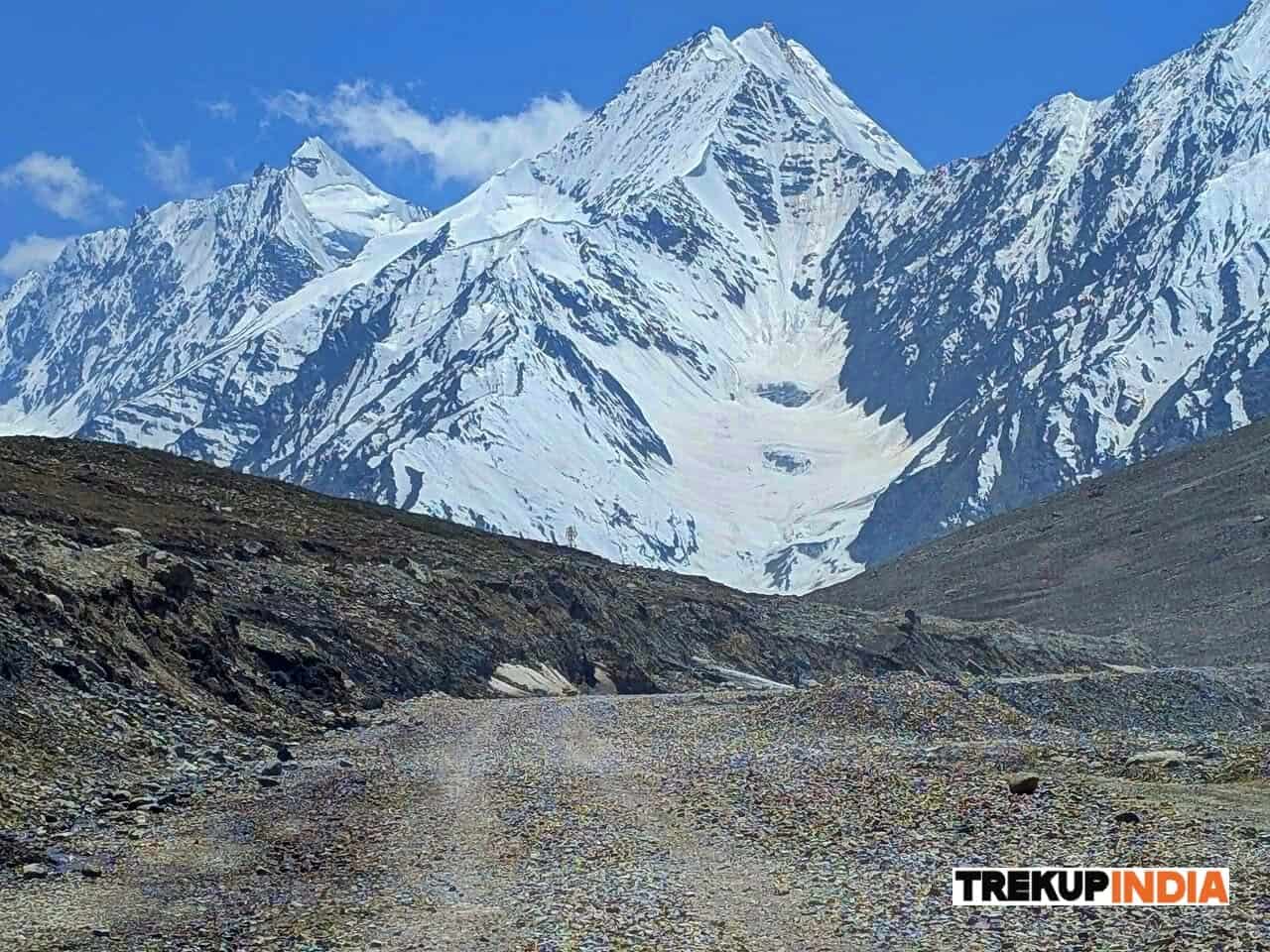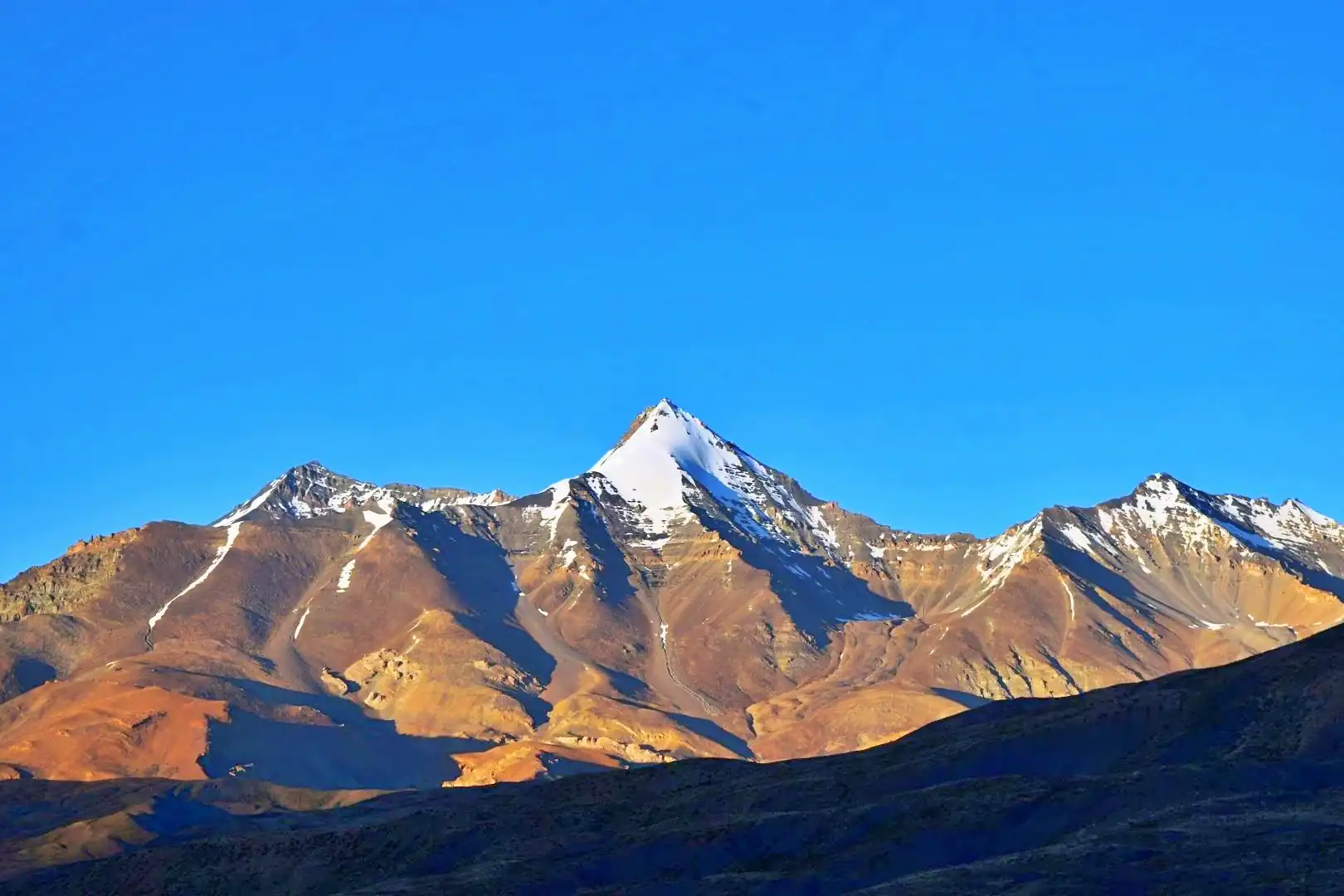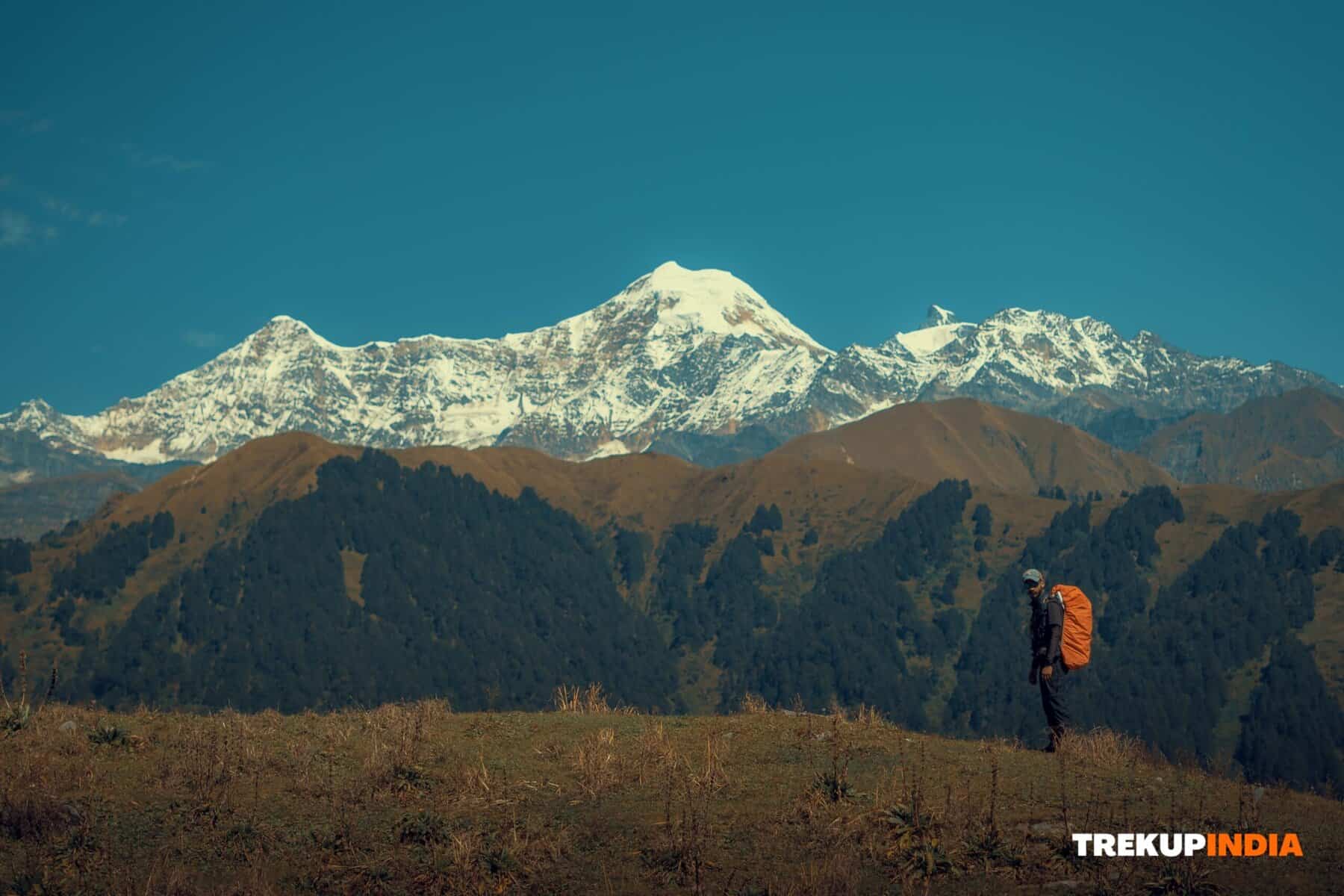Diamox: The Acute Mountain Sickness (AMS) Solution
The Diamox Debate: Tradition vs. Practicality in High-Altitude Trekking
A common debate among trekkers revolves around whether or not to use Diamox (Acetazolamide) to aid in acclimatization during high-altitude treks.
The Traditionalist View
Traditionalists believe that trekking should be done the “natural way,” without pharmacological aids. For them, the essence of trekking lies in allowing the body to acclimatize organically—by ascending gradually, taking frequent breaks, and respecting the time it takes for the body to adjust to higher altitudes. They argue that relying on medications like Diamox diminishes the authenticity of the trekking experience.
The Practical View
On the other hand, many trekkers prioritize safety and success over purism. They believe that the use of Diamox before a trek can be a responsible and proactive decision—especially when trekking schedules are tight or the altitude gain is significant. Starting Diamox early enhances oxygen absorption by increasing the depth and rate of breathing, which can dramatically reduce the likelihood of Acute Mountain Sickness (AMS) and allow trekkers to perform better with fewer risks.
Understanding Acute Mountain Sickness (AMS)
AMS occurs when the body is unable to adapt quickly enough to the reduced oxygen levels at higher altitudes. At elevations above 10,000 feet, oxygen levels drop significantly, and your body compensates by breathing more deeply and more frequently. This increased respiratory effort results in greater carbon dioxide (CO₂) production—a natural byproduct of exertion and breathing.
Your body develops a “zone of tolerance” to adjust to this new environment. However, if CO₂ builds up faster than your body can expel it, symptoms of AMS emerge. These include:
Headache
Nausea or dizziness
Fatigue
Shortness of breath
Loss of coordination
It’s common to dismiss a headache at 11,000 feet as “normal,” but it’s not. A headache at high altitude should never be ignored. First, try drinking a liter of water and taking a Disprin. If the headache doesn’t subside within an hour, it’s likely a sign of AMS. In that case, the best course of action is to descend immediately to the last altitude where you felt well.
How Diamox Works
Diamox doesn’t “cure” AMS—it accelerates acclimatization. It does this by forcing the kidneys to eliminate bicarbonate, a compound that helps regulate the acidity of your blood. Losing bicarbonate increases blood acidity, which tricks the body into breathing deeper and faster, improving oxygen uptake.
This process helps you adapt more quickly to high altitudes, especially on treks where time is limited.
When Should You Use Diamox?
Your decision to use Diamox should be based on:
The Duration of the Trek
Short treks (5–7 days) reaching 14,000+ feet leave little time for natural acclimatization. Starting Diamox two days before the trek (e.g., upon reaching Delhi) is recommended.
Longer treks (12–14 days) that gain altitude gradually may allow the body to adjust naturally, and Diamox may not be necessary for everyone.
Acclimatization Time at High Camps
Most treks only allow 16–18 hours at high-altitude camps before moving higher. This isn’t enough for proper acclimatization. Ideally, your body needs 24–48 hours at a given altitude to adjust. If your trek schedule doesn’t allow this, Diamox can be a vital support.Personal Risk Factors
AMS can affect anyone, regardless of physical fitness, age, or past experience. Many seasoned trekkers who’ve completed multiple high-altitude hikes without Diamox can still experience AMS on any new trek. No one is immune.
Recommended Dosage Protocol
Start with 125 mg of Diamox twice daily, two days before the trek or upon arriving in Delhi.
Increase to 250 mg every 12 hours upon arrival at the base camp.
Continue this dosage throughout the trek unless advised otherwise by your doctor.
⚠️ Always consult a physician before taking Diamox—especially if you have allergies, high/low blood pressure, diabetes, or if you’re taking other medications.
❌ Avoid Diamox if you’re allergic to sulfa drugs, as Diamox is a sulfa-based medication.
Final Thoughts
The question shouldn’t be “Should I take Diamox or not?” but rather, “Does the structure and altitude profile of my trek justify the use of Diamox?”
When time is limited and altitude gain is rapid, taking Diamox is a practical safeguard. It enhances your body’s natural response and reduces the risk of AMS. Dismissing it in favor of tradition could put your health—and your entire trek—at unnecessary risk.
What is the function of Acetazolamide (Diamox)?
How Diamox Helps with Acclimatization
Around 90% of the carbon dioxide in your blood exists in the form of a chemical called bicarbonate. This carbon dioxide travels through your bloodstream and is exhaled by your lungs.
Diamox works by forcing the kidneys to excrete bicarbonate from your body when you urinate. While this might seem like a minor change, your body depends on bicarbonate to regulate the exhalation of carbon dioxide through your lungs. When Diamox makes you lose bicarbonate, your blood becomes more acidic.
The increase in acidity triggers your body to breathe deeper and faster to expel the excess carbon dioxide and bring in more oxygen. This increased oxygen intake speeds up the process of acclimatization, helping your body adjust more effectively to high altitudes. Additionally, the increased oxygen reduces symptoms of altitude sickness.
Why Timing is Important for Diamox
To get the full benefits of Diamox, it’s essential to start taking it a day or two before you reach high altitudes. This gives your body a chance to adjust and begin the acclimatization process before the challenging conditions of higher altitudes set in.
Dosage Guidelines for Diamox
Start at 125 mg, two days before your trek (or upon reaching Delhi).
After arriving at the base camp, increase the dosage to 250 mg every 12 hours.
Maintain this dosage until the end of your trek.
Important Reminder
While Diamox accelerates acclimatization, it does not cure altitude sickness. If you continue to experience a headache or any other symptoms despite taking Diamox, it means your body is still not fully acclimatized. In such cases, it is crucial to descend to a lower altitude immediately. Under no circumstances should you continue ascending if symptoms persist.
Precautions to Take When Using Diamox
Important Considerations Before Taking Diamox
Before using Diamox (Acetazolamide), it’s essential to consult with your doctor, especially if you have a history of allergies, high or low blood pressure, or diabetes. This ensures the medication is safe for you and helps minimize any potential side effects. Additionally, if you’re taking any other medications, it’s important to inform your doctor, as some drugs can interact with Diamox.
If you have an aversion to sulfa drugs, you should avoid Diamox, as it contains sulfa compounds, which may cause allergic reactions in sensitive individuals.
Trekup India’s New Diamox Protocol
Trekup India has reassessed its stance on Diamox and now recommends that trekkers begin their course two days prior to the start of the trek, rather than just in emergency situations. By starting the medication upon arrival in Delhi, trekkers can better prepare their bodies for high-altitude conditions, significantly improving their chances of a successful and comfortable trekking experience.
This new approach ensures that trekkers have ample time to acclimatize to the medication, reducing the risk of side effects and improving overall comfort on the trail.
Acclimatization is key
Preparing Your Body for High Altitudes
Even though Diamox (Acetazolamide) can help with acclimatization, it’s still crucial to condition your lungs and cardiovascular system for the reduced oxygen levels you’ll experience at high altitudes. Physical preparation through a trek-specific fitness program is essential for optimal performance and reducing the risk of altitude sickness.
A well-rounded fitness routine should include:
Cardio: Activities like running, cycling, or swimming will improve your cardiovascular fitness. A 30-minute run covering 4.5 km is an excellent training regime to simulate the endurance needed for trekking at altitude.
Strength Training: Focus on building strength in your legs, core, and upper body to handle the physical demands of trekking. Exercises such as squats, lunges, and planks will enhance your stamina and stability on the trail.
Flexibility Exercises: Stretching and yoga can help improve your flexibility, reducing the risk of muscle strains and injuries while trekking on uneven terrain.
The more prepared your body is for altitude, the better equipped you’ll be to handle the challenges of trekking in high-altitude environments, even with the aid of Diamox.
Why TrekupIndia?
Since 1993
- Trekup India has been one of the most recommended partners for trekking adventure tourism for more than 29 years. Featuring more than 75 Himalayan treks makes us supreme in the domain.
- We have explored trails like Kedarkantha Trek, Rupin Pass Trek, Borasu pass, Bali Pass, etc.
- Trekup India is India’s Oldest, Safest And direct operation trekking organisation. Trekup India has more trekkers than any other organization. 15,000 plus for 2022
We Are Approved And Certified By :-
- Adventure Tour Operators Association of India (ATOAI)
- Indian Mountaineering Foundation (IMF)
- State Tourism Department
What We Do?
- Trekup India is the most trusted trekking company in India. We also sets safety standards for the entire trekking industry.
- Trekup India is the pioneer of trekking in India. Trekup India has brought most trekking routes, trekking systems and trekking equipment to India for Indian trekking.
Save The Trail
- Trekup India’s Save The Trails program is a favorite among trekkers. Our Save The Trails program has made trails, where Trekup India runs trekking, pristine. Save The Trails is a great way for trekkers to leave our mountains better that we found them.
- Trekup India is a unique trekking company that offers the Trekup India’s Trekkers best experience. These transformative experiences are well-designed and leave an indelible impression on trekkers. These have been around for 29 years.

